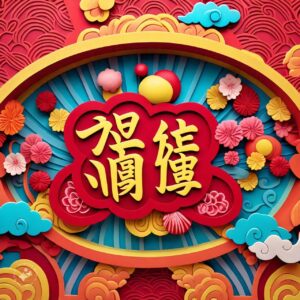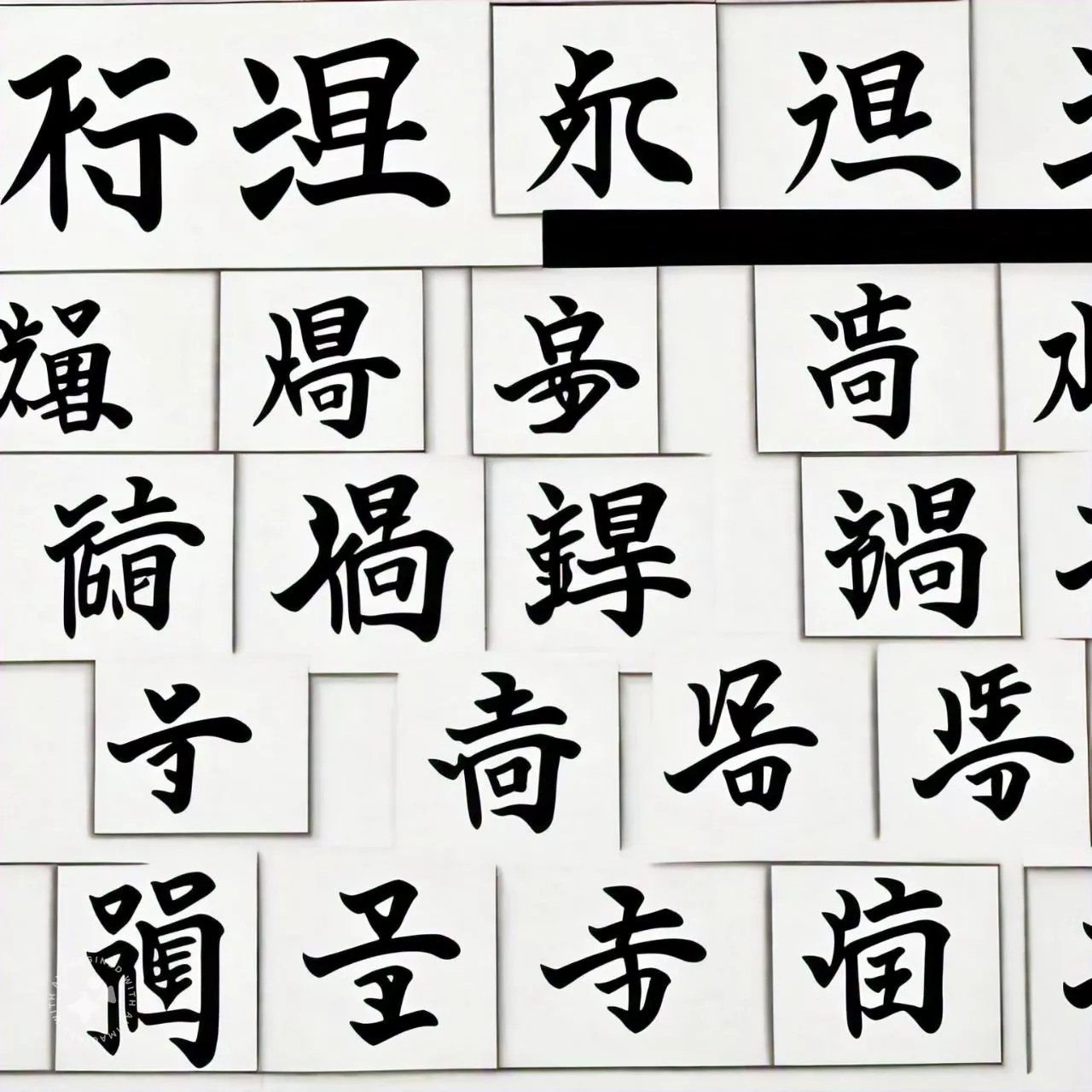What is the Most Difficult Language to Learn?
Difficult Language to Learn is a rewarding but challenging endeavor. Some languages, however, are notoriously difficult for learners due to their unique scripts, complex grammar, and tonal variations. Whether you’re a language enthusiast, a traveler, or someone looking to take on a new challenge, understanding what makes a language difficult can help you prepare for the journey ahead. In this blog, we’ll delve into the most difficult language to learn, the factors that contribute to its complexity, and tips for overcoming these challenges.
⇔ The Contenders: Challenging Languages ⇔
Several languages are often cited as the most difficult to learn, especially for English speakers. Here are a few notable contenders:
- Mandarin Chinese
- Arabic
- Japanese
- Korean
- Russian
While each of these languages presents unique challenges, one often stands out as particularly daunting.
♦♦♦♦♦♦The Winner: Mandarin Chinese♦♦♦♦♦♦
Mandarin Chinese is widely regarded as the most difficult language to learn for several reasons. Its tonal nature, complex characters, and grammatical nuances make it a formidable challenge for learners.
Why Mandarin Chinese?
Tonal Language
Mandarin has four main tones, and the meaning of a word can change dramatically depending on the tone used. This requires precise pronunciation and listening skills.
Character System
Mandarin uses thousands of unique characters instead of an alphabet. Learning to read and write these characters involves memorizing complex strokes and forms.
Grammar
While Mandarin grammar is simpler in some respects (e.g., no verb conjugations), it has its own set of rules that can be difficult to master.
Cultural Context
Understanding Mandarin often requires a deep understanding of Chinese culture and history, which can add another layer of complexity.
⇔ Challenges of Learning Mandarin Chinese ⇔
Tones and Pronunciation
Mandarin Chinese is a tonal language, meaning the pitch or intonation used when pronouncing a word can change its meaning. There are four main tones in Mandarin:
First Tone: High and level (e.g., mā for “mother”)
Second Tone: Rising (e.g., má for “hemp”)
Third Tone: Falling-rising (e.g., mǎ for “horse”)
Fourth Tone: Falling (e.g., mà for “scold”)
Mastering these tones is crucial for effective communication and requires extensive practice and listening.

⇒ Characters and Writing System
Mandarin uses a logographic writing system, where each character represents a word or a meaningful part of a word. There are over 50,000 characters, but a working knowledge of about 2,000 to 3,000 characters is typically required for basic literacy.
- Character Composition: Characters are made up of radicals and strokes, each with its own meaning and function.
- Memorization: Learning to recognize, read, and write these characters involves significant memorization and practice.
Grammar and Sentence Structure
While Mandarin grammar does not involve conjugations, gender, or plurals, it has its own complexities:
Word Order
Mandarin typically follows a Subject-Verb-Object (SVO) order, but sentence structure can vary.
Measure Words
Specific measure words are required when quantifying nouns, and there are many different ones depending on the noun.
Aspect and Particles
Mandarin uses aspect markers and particles to indicate tense and mood, which can be confusing for beginners.
∼∼∼Strategies for Learning Mandarin Chinese∼∼∼
Despite its challenges, learning Mandarin Chinese is an achievable goal with the right strategies and resources:
Immersive Learning
- Language Immersion: Spending time in a Mandarin-speaking environment can significantly enhance your learning. Immersion helps with understanding tones, pronunciation, and cultural context.
- Media Consumption: Listen to Mandarin music, watch Chinese movies and TV shows, and follow Chinese podcasts. This exposure helps you get used to the sounds and rhythm of the language.
Structured Learning
- Language Classes: Enroll in Mandarin classes at a language school or community college. Structured courses provide a systematic approach to learning.
- Online Resources: Utilize online platforms like Duolingo, Rosetta Stone, and Coursera, which offer interactive lessons and exercises.
Practice and Reinforcement
- Daily Practice: Dedicate time each day to practice speaking, listening, reading, and writing. Consistency is key to retention.
- Flashcards: Use flashcards (physical or apps like Anki) to memorize characters and vocabulary.
- Language Partners: Practice speaking with native speakers or language exchange partners. This can help improve your pronunciation and conversational skills.
Understanding Culture
- Cultural Studies: Learn about Chinese culture, history, and traditions. Understanding the cultural context can provide insights into the language and make learning more meaningful.
- Celebrate Milestones: Celebrate Chinese festivals and try to incorporate cultural practices into your learning routine.
Conclusion: Embrace the Challenge
In conclusion, while Mandarin Chinese is often considered the most difficult language to learn, it is also one of the most rewarding. The key to mastering Mandarin lies in dedication, consistent practice, and a willingness to embrace the cultural context. Whether you’re learning for travel, business, or personal enrichment, overcoming the challenges of Mandarin can open up a world of opportunities and deepen your appreciation for one of the world’s richest cultures.
So, are you ready to take on the challenge of learning Mandarin Chinese? With the right strategies and mindset, you can achieve proficiency and enjoy the journey of discovering this beautiful language.
FAQ’s
Q: How can I make learning Mandarin easier?
A: Immersion, consistent practice, using online resources, and understanding Chinese culture can make learning Mandarin more manageable.
Q: Is learning Mandarin worth the effort?
A: Yes, learning Mandarin can be incredibly rewarding, offering cultural insights and opportunities in business, travel, and personal growth.
For More Effective Language Learning >> >> >> ELL










